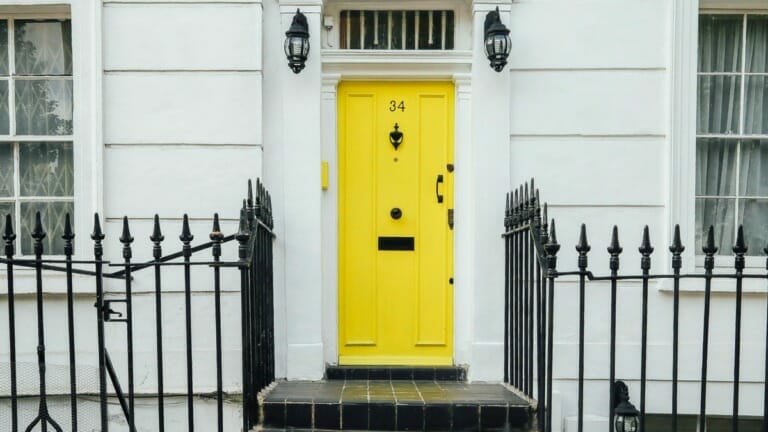Common wisdom suggests that buying a home requires at least a 20% down payment. However, there are strategies to bypass this traditional route. We’ll guide you through how to purchase a home with no money down or with less than 20% down, opening up more accessible pathways to homeownership.
There are some excellent reasons to put 20% down when you buy a house. But that isn’t realistic for everyone, especially first-time home buyers.
As of November 2023, the U.S. median home price was $387,600.
A 20% downpayment on $367,600 is $77,520, out of reach for much of the home-buying public. And of course, a downpayment on the purchase price of a home is only one of the expenses you’ll encounter when buying a home.
Other expenses can include a home inspection, closing costs, homeowners insurance, and moving expenses.
And then there are the costs you’ll incur once you’re a proud homeowner including maintenance, property taxes, and likely higher utility bills.
When we said that a home is not an investment, we meant it seriously! An investment is defined as something that generates income. In contrast, a home consistently incurs expenses until the point of sale, and even then, it may not yield a profit.
It’s unwise to severely deplete your savings for a home purchase. You still need to maintain an emergency fund in case of something unexpected, like a car repair or medical expense.
But if you’re determined to become a homeowner and don’t have enough for a 20% downpayment, these programs can help.
Why 20%?
Why do most people in the real estate industry and personal finance realms insist that you need a 20% down payment? Do you? Some mortgage lenders are reluctant to make loans to people who don’t have 20% to put down.
“A 20 percent down payment may be traditional, but it’s not mandatory — in fact, according to a 2023 report from the National Association of Realtors, the median down payment for all U.S. homebuyers is 14 percent of the purchase price, not 20%.” – Bankrate.com
The belief that a 20% down payment is required to purchase a home is a common misconception. In reality, the average down payment for first-time homebuyers is around 8%, as reported by the National Association of Realtors in their 2023 Profile of Home Buyers and Sellers.
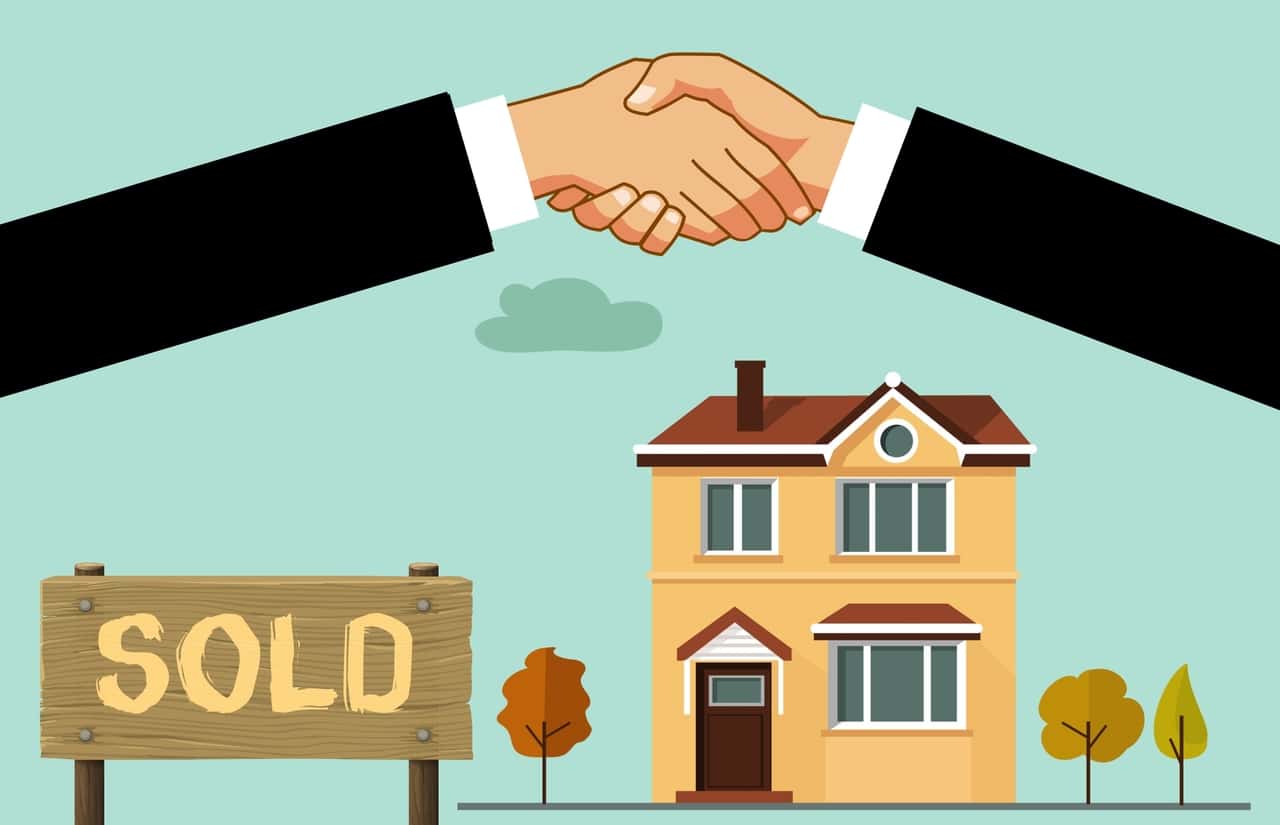
Making a larger down payment, such as 20%, reduces your monthly payments and the total interest paid over the life of the loan, ultimately saving you money in the long term.
Additionally, in the short term, a down payment of less than 20% means you’ll be required to pay for Private Mortgage Insurance (PMI), adding to your costs.
Editor's Note
What’s PMI?
PMI is private mortgage insurance. It’s additional insurance that lenders require homeowners to pay when they have less than 20% to put down. PMI typically costs from 0.5%-1% of the entire annual mortgage amount.
You can ask your lender to remove PMI when the mortgage has been paid down to 80% of your home’s original appraisal value and when the mortgage balance is down to 78%, the lender is required to remove PMI.
The Efficiency of Your Dollar
A 20% down payment on a house helps avoid Private Mortgage Insurance (PMI), reduces monthly payments and interest costs, and can secure better loan terms, increasing your home’s initial equity.
Humans are not always entirely efficient or even often efficient. Sometimes we want a steak and a glass of wine for dinner instead of rice and beans and water.
Many people aspire to purchase a home for different reasons. Some may want the freedom to practice the drums without worrying about disturbing neighbors, while others might consider buying a duplex to rent out one half, creating a source of passive income.
Life isn't about making your bank balance higher.
Tweet ThisHow To Buy A House With No Money
Although a 20% down payment is often recommended for purchasing a home, there are several programs available that enable buyers to secure a home with less than this amount.
It’s important to note, however, that military borrowers have the unique option of utilizing the VA Loan Guaranty Program, which is distinct from the other programs mentioned here. This option provides significant benefits and should be considered by those who are eligible.
FHA Mortgage Loan
FHA stands for the Federal Housing Administration, which is a government agency. These loans are insured by the Federal Housing Administration (FHA) and require a minimum down payment of 3.5%. They are a good option for first-time homebuyers and those with moderate credit scores.
You can use the FHA loan calculator here.
Pros
- The down payment requirement is just 3.5%.
- If a borrower is struggling to come up with the down payment, these loans can be paired with down payment loan assistance programs.
- Gifted money can be used towards the down payment and closing costs.
- Borrowers may only need a credit score of 500 (some lenders may require a higher score). For those who have had a foreclosure or filed for bankruptcy, you are not automatically disqualified from applying for an FHA loan, but there may be a waiting period.
- There are no minimum or maximum income limits, but buyers will need to show they have a steady income and a stable history of employment.
- These loans offer a lower interest rate, which means a lower monthly payment and a less expensive loan over time. However, you will be required to have mortgage insurance for the life of the loan.
- Buyers can purchase a duplex with this loan making it possible to generate passive income by living on one side and renting out the other.
Cons
- An FHA-approved mortgage lender must be used.
- There are limits on how much you can borrow and vary based on the location you are buying in.
- MIP (mortgage insurance) is required for the entire length of the loan. There is a one-time upfront payment paid at closing (1.75% of the loan amount) and annual MIP payments that are included in your monthly mortgage payment.
- Fixer-uppers – A home has to meet specific standards to be considered for this loan.
Conventional 97 Program
To boost the availability of mortgages for first-time buyers in the US, Fannie Mae and Freddie Mac introduced the Conventional 97 Program. This initiative allows for a lower down payment (3%), making homeownership more accessible.
Pros
- “97” comes from the required down payment, which is just 3%.
- Gifted money can be used towards the down payment, but it must come from blood or by-marriage relatives, it must be given with no expectation of repayment, and must be documented with a gift letter.
- The minimum credit score is 620.
- There are no income limits.
- PMI is required, but not upfront.
- PMI is removed after reaching an 80% loan-to-value ratio (LTV) or after reaching the halfway point on the loan term.
Cons
- The program is meant for first-time buyers, however, applicants are considered first-time homebuyers if at least one borrower is a first-time homebuyer or, at least one borrower hasn’t owned a residential property for at least three years prior.
- The maximum that can be borrowed varies depending on the property location (adjusted periodically).
- PMI is required. It will be rolled into your monthly mortgage payment.
- The home must be single-family and the buyer’s primary residence.
- This is the most expensive loan option on the list.
- Conventional Loan at 90% Loan-to-Value if you only put down 10%.
80/10/10 Piggyback Mortgage
A piggyback mortgage, specifically an 80/10/10 setup, involves two mortgages plus a down payment to purchase a home. The first mortgage covers 80% of the property’s value, while the second “piggyback” mortgage accounts for 10%. The buyer then contributes a 10% down payment, completing the home purchase financing structure.
Pros
- The minimum credit score is 680 is generally the minimum threshold, however, individual lenders may have different guidelines.
- Avoids PMI for the primary mortgage.
- You can pay off the second mortgage quickly and save on interest.
- You can deduct the interest from both loans on your taxes, assuming it meets the IRS qualifications.
Cons
- You pay closing costs on both loans.
- The second loan rate is often higher and can be variable, which is a risk if interest rates rise.
- Taking out two mortgages means you’ll likely face closing costs and fees for each, potentially increasing your initial outlay compared to a single mortgage.
HomeReady™ Loan
HomeReady loans (offered by Fannie Mae) is a low down payment mortgage (3%) for creditworthy low- and moderate-income borrowers, helping them achieve homeownership.
Pros
- The down payment required is 3%.
- The program can be combined with down payment grants or closing cost assistance programs.
- Gifted money (from a “permissible source“) can be used towards the down payment and closing costs.
- Borrowers only need a credit score of 620.
- Non-traditional sources of income will generally count as part of your income, good news for side hustlers!
- PMI can be removed after meeting the 80% LTV requirement.
- The loan can be used to buy a 2-4 unit property as long as the buyer lives in one unit.
Cons
- There are income limits by state.
- The loan amount limit (in 2023) for most of the U.S. is $726,200.
- Borrowers have to pay PMI.
- The interest rates for this program are usually 0.125%-0.50% higher than the rates on the FHA mortgage and other conventional mortgage programs.
USDA Loan
USDA loans were created by the U.S. Department of Agriculture to encourage rural development. It is a zero-down payment program open to low and moderate-income families.
Pros
- Zero-down payment for eligible borrowers.
- -The mortgage insurance premium (MIP) is just 0.35%, much lower than any other kind of mortgage, and it’s added to your monthly payment.
- -“Rural area” is broadly defined to include most areas outside of large cities.
- -You can build a home with a USDA loan.
- -Ability to finance repairs and closing costs into the loan.
Cons
-Single-family, owner-occupied homes only.
This free course outlines a proven framework that thousands of people have used to eliminate their debt, develop better money habits, and start building a secure financial future.
Down Payment Assistance Programs
Down payment assistance can significantly ease the financial burden for first-time homebuyers by covering the initial down payment required when purchasing a home. Typically, this down payment is a percentage of the home’s purchase price.
The specific amount needed varies, and some mortgage programs may even eliminate the need for a down payment. Recognizing that accumulating this upfront cash isn’t feasible for everyone, a variety of down payment assistance options, including grants, loans, and programs, have been established to support first-time buyers.
The programs vary by state, and you can find out what you might be eligible by using this tool.
Why Your Credit Score Matters
Your credit score plays an important role in the home-buying process, serving as a key indicator of your financial reliability to lenders. A higher credit score can unlock lower interest rates, and better loan terms, and can significantly influence the affordability of your mortgage payments.
Conversely, a lower score may result in higher interest rates or even hinder your ability to qualify for a mortgage. Essentially, your credit score affects not only your eligibility for a loan but also the overall cost of purchasing a home, making it a critical factor in the home-buying journey.
Fix Your Score
Your credit report and score are always important, but they become critical when you’re considering buying a home. A higher FICO score translates directly into lower borrowing costs. Essentially, the better your score, the less expensive it will be to take out a mortgage.
While you don’t need the almost mythical 850 to get the best interest rate, 760 is something to aim for.
There are numerous strategies to boost your credit score, so it’s wise to start enhancing it today. You can track your progress with tools like Credit Karma, making it easier to see improvements and manage your financial health effectively.
Credit Karma is 100% free and only runs a soft credit check. We use this tool to monitor our credit scores and discover ways to improve them.
Final Thoughts
Challenging the traditional 20% down payment norm for home purchases, various programs now offer more accessible paths to homeownership, especially beneficial for first-time buyers. With the average down payment closer to 14%, and options like FHA loans, the Conventional 97 Program, and VA loans requiring much less, buying a home has become more achievable.
These programs, along with down payment assistance, help reduce upfront costs. We’ve also emphasized the importance of a good credit score, which influences loan terms and interest rates, underscoring its significance in the home-buying process.
Show Notes
Be in the know with TransUnion® – see your credit score and start credit monitoring NOW

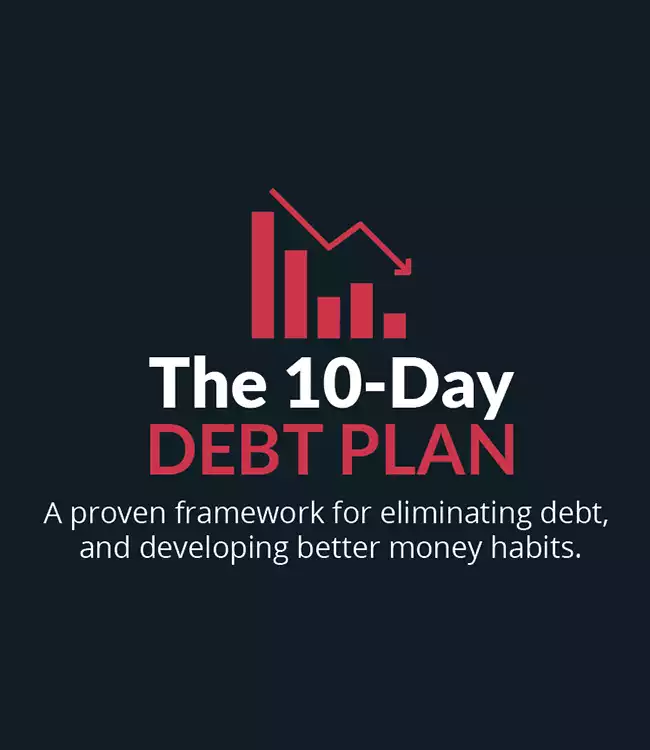
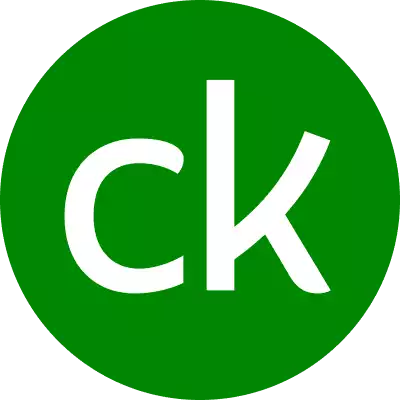
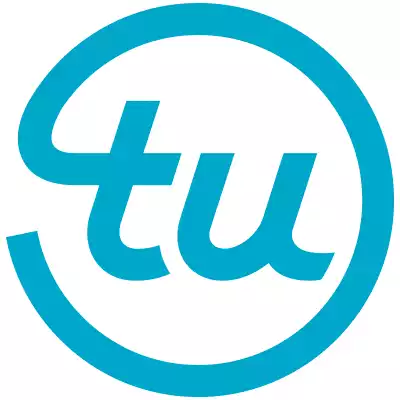
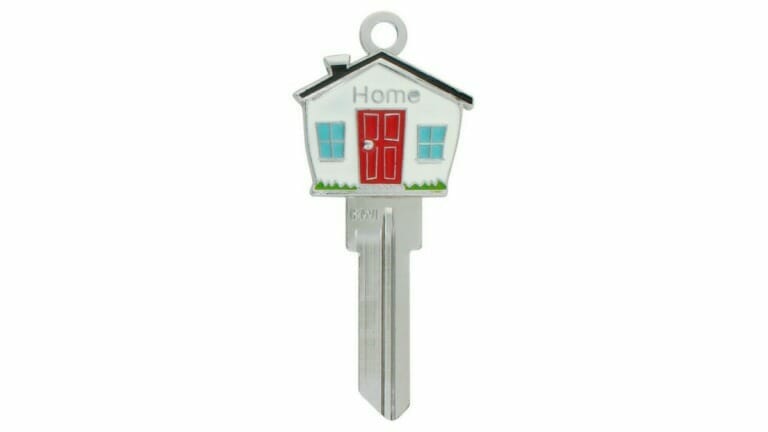
![Home Equity Loans: Requirements, HELOCs, and Securing One [UPDATED]](https://www.listenmoneymatters.com/wp-content/uploads/2019/02/home-equity-loans-768x432.png)
